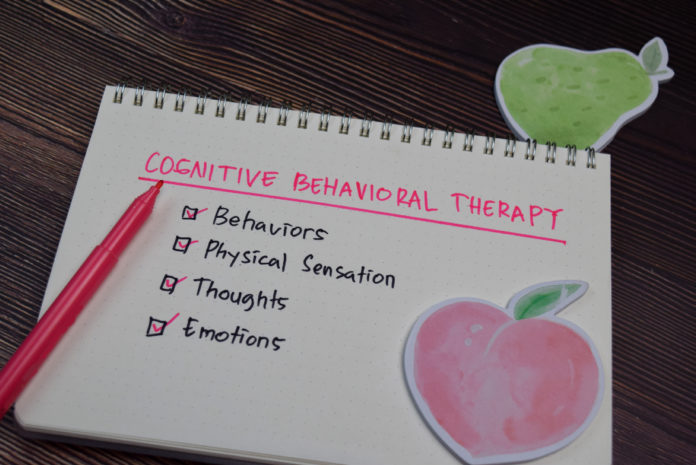Learn various types of CBT techniques in our guide below
If you’ve been down and dwelling, taking a step to educate yourself on CBT techniques may help lift your spirits back up. Cognitive behavioral therapy (CBT) is a form of psychotherapy that teaches patients how to recognize and alter unhelpful or unsettling thinking patterns that negatively affect their behavior and emotions.
The goal of cognitive behavioral therapy is to alter the habitual negative beliefs that might exacerbate our emotional problems, such as melancholy and anxiety, and contribute to them. Our mood is negatively impacted by these uncontrollable unpleasant thoughts. The time it takes to see benefits from practicing CBT techniques might range from a few weeks to a few months, although it’s typically designed as a short-term treatment.
The core tenet of CBT is that your mental habits influence your feelings, which in turn influence your behaviors. For example, negative thoughts and ideas may result in unpleasant sensations and behaviors. However, shifting your perspective to a more positive one might result in happier and more positive emotions.
There are many several strategies for implementing CBT, depending on the problem you’re trying to solve and your objectives. Talking to a therapist can help educate on how to make immediate adjustments that patients can adopt right now, and these skills can be utilized for the remainder of their life. Regardless of the strategy your therapist employs, it will involve five common CBT techniques.
Identify negative thoughts
Recognizing concerns or problems in your day-to-day existence is important as you’re able to identify what is contributing to these negative behaviors. It’s tough, but this step is essential.
Practice new skills
In cognitive behavioral therapy, patients frequently learn new skills for everyday life. Think of it as a preemptive measure to dodge obstacles in your way.
Set goals
Setting goals can help make changes to enhance health and quality of life when recovering from mental illness. Goal-setting abilities can be improved and strengthened during cognitive behavioral therapy.
Problem Solving
Problem solving CBT techniques can help address potential issues that result from both major and minor stressors. Additionally, it can lessen the harmful effects from mental illnesses.
Self-Monitoring
Tracking your own symptoms and behaviors is arguably the most important technique. Not only does it help guide therapists with necessary information, it also puts yourself in charge of keeping yourself in check.
The purpose of cognitive behavioral therapy is to teach people that while they cannot control every part of the world around them, they can take control of how they perceive and react with situations in their surroundings. We hope this guide helps you develop healthier thought patterns.
